|
by Patrice Green The miracle of herbs and plants is that when taken responsibly and respectfully they do not deaden the emotions. As gentle, loving, supportive allies, plants help us work through the lessons we are here to learn. In particular, roses do this beautifully. Rose petals and their medicine help to move and open a heart which has tightened emotionally and spiritually. In both Traditional Chinese Medicine (TCM) and the Unani (Greek-Arabic medicine) traditions, the heart is believed to be a physical organ and the seat of consciousness. TCM uses the term shen, while Unani medicine talks about pneuma. Both schools teach that rose has a powerful affect on the spiritual state of one’s heart. Unani medicine has a category of heart herbs termed as “exhilarants”, which help the spiritual heart feel joy. Rose is considered both a shen tonic in TCM and an exhilarant in Unani medicine. A wonderful nervine, great for uplifting the mood and alleviating depression, rose also has antispasmodic, aphrodisiac and sedative qualities, as well as being anti-inflammatory. Rose helps regulate menstruation as well as stimulate the digestion. Rosehips, which come along after the bloom has faded, are a wonderful source of vitamins C, B2 and E. One may use rose as an herbal supplement, essential oil or flower essence. Rose petal tincture is often used in heart formulas. Dried rose petals make a lovely addition to teas. One of my favorite ways to use rose is to make a glycerite of the fresh flowers of Rosa rugosa, the fragrant wild rose found near many beaches. I have found it to be a powerful yet gentle remedy which truly gladdens the heart while easing sorrow and grief. I’ve given rose glycerite to many people over the years who are experiencing depression or loss. Every single person has reported back that rose glycerite helped them through the grief process, making it easier to bear. For deep grief, I also recommend the homeopathic remedy Ignatia amara. Ignatia amara comes from the seeds of a large tree found in the Philippines which was beloved of the Jesuits, an order founded by St. Ignatius, hence its name. I find the combination of Ignatia amaraand Rose glycerite both powerful and soothing to the wounded spirit which is trying to heal. Rose essential oil, made from Rosa damascena, helps alleviate depression and anxiety. Rosa rugosa flower essence is love. It raises negative vibrations and helps purify the heart/shen. The alchemy between Rosa rugosa and the sea enables this flower essence to physically balance out negative ions, release grief & transmute negative vibrations into love/compassion. Rose petals are soft and can soften the heart. The thorns offer protection. This is truly a beautiful flower essence and plant. To ease your heart, visit the Rose spirit. You can do this by meditating on the Rosa rugosaeither while taking its essence or holding it in your hand. Trust in the rose spirit to help you release that which no longer serves your highest good. This year I infused some local honey with rose petals. It adds a wonderful touch to a cuppa and many recipes which call for honey. Spend some time with Rosa rugosa, as an herb, essential oil, flower essence, and next summer with the plant itself. Let her inspire you to work with her in whichever way seems most appropriate. Experiment and open yourself to whatever lessons she has to teach you. Feel free to share your experiences by sending me an email, patrice@greenaromatics.com. I’d love to hear how Rose has revealed herself to you!  Patrice’s holistic journey started in 2010 when she began a mentorship practice with master healer Catherine Miller. Within six months, a transformative experience among the coastal redwoods of Muir Woods and its beach inspired further studies, eventually leading to the foundation of Green Aromatics, a holistic practice offering education and consultations in many healing modalities. Patrice is a cum laude graduate of Boston College and received her herbal training from The Boston School of Herbal Studies. A certified aromatherapist, herbalist, and flower essence practitioner, Patrice also incorporates reiki, energy healing and shamanic techniques into her work. She is a regular contributor to the Herbstalk blog and teaches at various locations in Eastern Massachusetts. by Melanie Brown 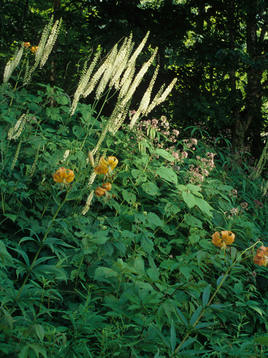 Perhaps when you think of Black Cohosh (Actaea racemosa) you think to yourself, “Oh yeah, that herb for menopause.” That is understandable and to be expected, especially when a plant has shown to be fantastic at addressing a particular issue or holds an affinity for a specific organ and system in the body. This however, is doing an injustice to the plant for a number of reasons. First, we are not respecting the plant as a whole for its many different constituents and actions. This has serious consequences as you can see with certain plants becoming a “fad” or a “one-plant-fits-all” approach, which can sometimes in result in it gaining quick popularity followed by over-harvesting. Black Cohosh is a woodland perennial, native to the United States and found the Appalachian Mountain Range across the Eastern hardwood forest to the Ozark Plateau and north into the Great Lakes region. Surprisingly it is incredibly easy to grow if you have a nice spot at the edge of some woods with partial shade, grown by seed or live, dormant roots. Strictly Medicinal Seeds company (formerly Horizon Herbs) ships ready to plant roots for autumn planting to have them emerge the following spring. We know for certain Black Cohosh has been traditionally used to support the female reproductive system throughout each stage of menstruation, pregnancy, and menopause. It has an affinity for those who experience mood fluctuations, especially before and during menopause. A dark, brooding, melancholic and turned inward, negative self-talk sort of behavior is ideal for this person to be reaching for the non-standardized, fresh root tincture. Small doses (5-10 drops) are recommended. The dried root has been shown to cause headaches and large doses have been shown to cause vertigo, nausea, and nervous system distress. It is also used to reduce the inflammation and muscular pain of rheumatism and inflammatory arthritis, specifically for a dull, achy condition. It increases blood circulation, lowers blood pressure, and relieves ringing in the ears. If you look at the flowering stalks, while considering the Doctrine of Signatures, it closely resembles the spine. Many well-known, clinical herbalists now use it in treating pain associated with whiplash. Herbalist 7Song keeps a tincture on hand for use in first aid as a musculoskeletal relaxant for acute situations. David Winston has a beautiful synergistic formula containing black cohosh, kava kava and ashwagandha. It also combines really nicely with St. John’s wort, lavender, rose, crampbark, wild yam and siberian ginseng depending on what you are needing it for. When I think about this graceful, strong plant I now keep a few important reminders close to my heart: It is not for every woman going through menopause. It can easily be cultivated on my own land to ensure permeability in its own native habitat. Fresh root is ideal when making medicine with it because certain active constituents are not available through the dried root. Standardized extracts and pills should be avoided because of unpleasant side effects. I also love the essence of its flowers: it imparts the ability to confront and actively transform negative, destructive, or threatening circumstances. In this way it is possible to gain enormous power, learning to balance and harness innate strength and physical prowess.  Melanie Brown is a native New Englander who always had an early connection to nature and the outdoors. Together with her four year old son she gathers the ingredients to make small batch plant based body care products which you can find at her herbal apothecary, FIR&ELM. She is a graduate of Boston School of Herbal Studies and currently apprenticing with Margi Flint of Earthsong Herbals. Her passion is to share and spread the message of community herbalism that lies right outside in our own backyards. by Steph Zabel 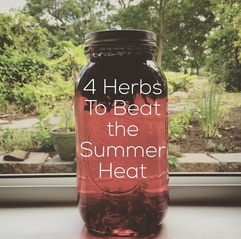 Despite the plant abundance, beauty and delight that is apparent during summer, I must confess.... this is not my favorite season. Is that a surprise? I tend to have a hard time with heat (and this year we've had a lot!) and constant glaring, bright, sunny days. It may sound counter-intuitive (especially for someone who is an herbalist!), but summer has always been the season I struggle the most with. I can't be the only one who feels this way, right?!... Perhaps it has something to do with growing up in extreme hot weather climates for so many years. I spent the majority of my life living in South Carolina AND in Texas, where most of the year is very bright, hot and sweaty. For some people -- for some constitutions, that is -- the heat is simply too aggrevating. And I am no exception. This is why some people prefer cold foods over hot foods, or why some people wear tank tops in an air-conditioned room while others must wear a sweater. We are all so unique in our constitutions and what we crave, need or gravitate towards. This has always fascinated me. But back to the heat: if you're like me and are having trouble with the current season there are plenty of things you can do to make yourself more comfortable until that first gentle whisper of autumn arrives.... Here are some of my favorite hot weather herbs and strategies: 1. Hibiscus |
Archives
November 2023
Categories
All
|
Join the Newsletter!
Receive news about future Herbstalk events
Thank you!
You have successfully joined our subscriber list.
Copyright © Herbstalk 2024
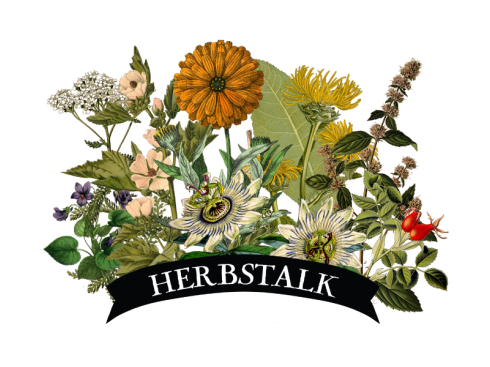
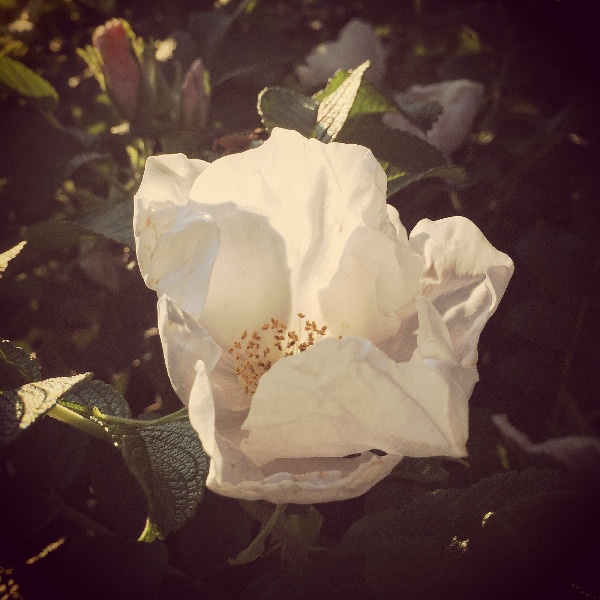
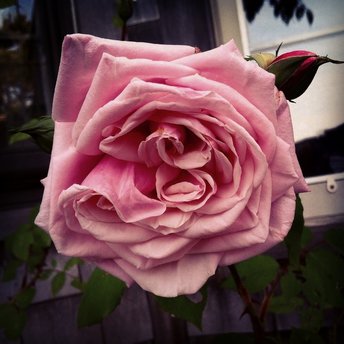
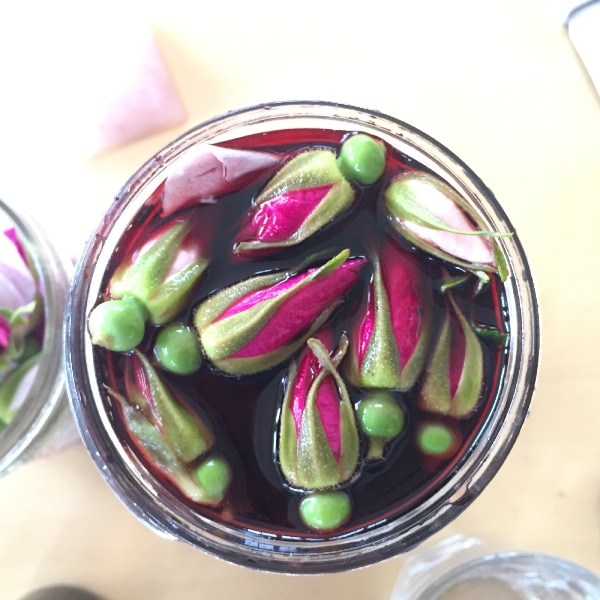
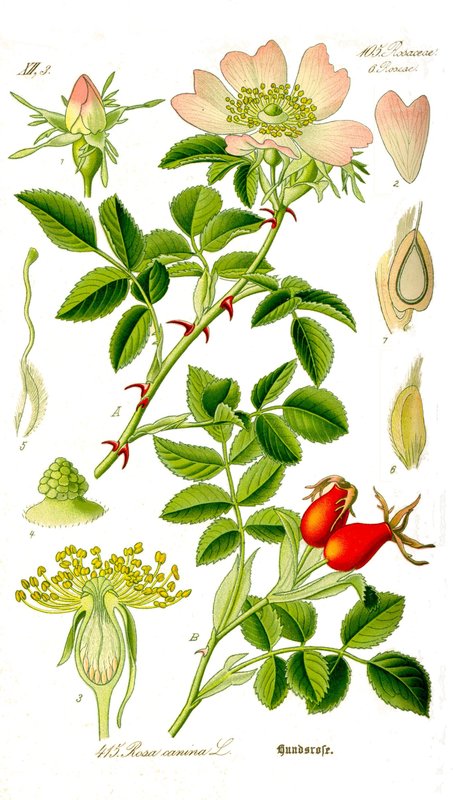
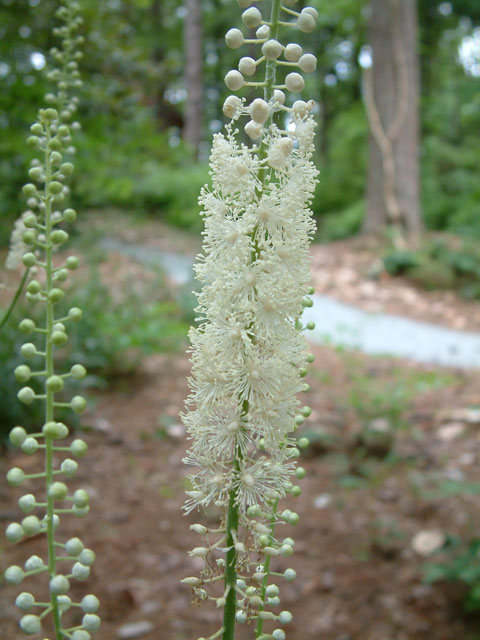
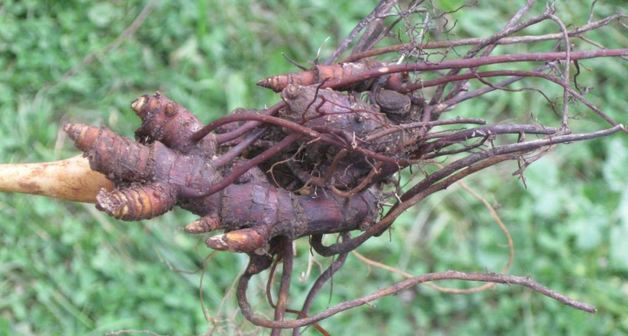
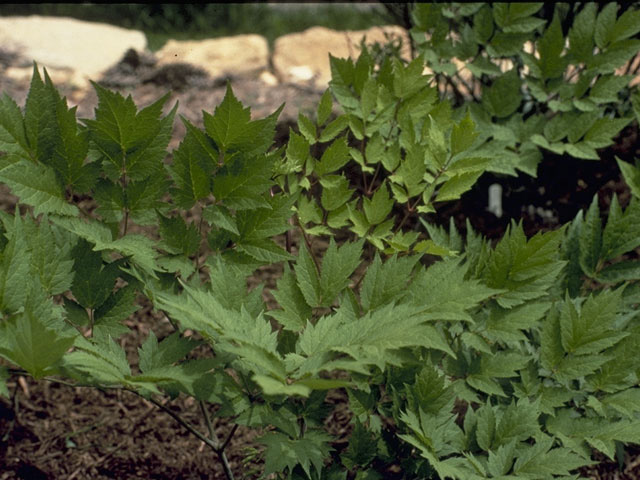
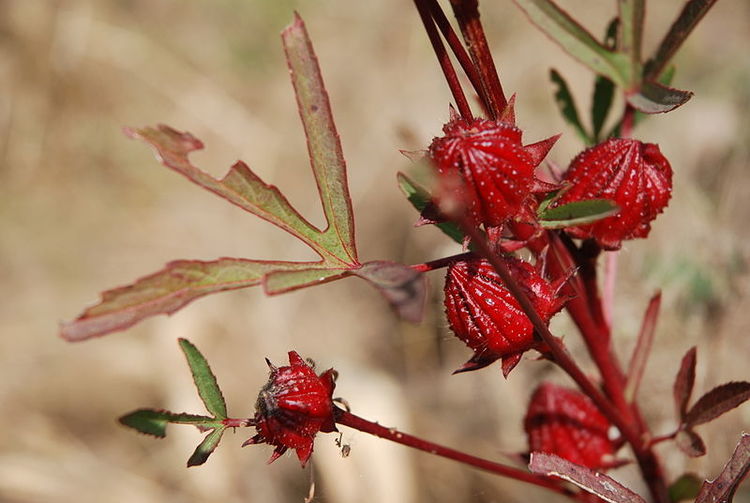
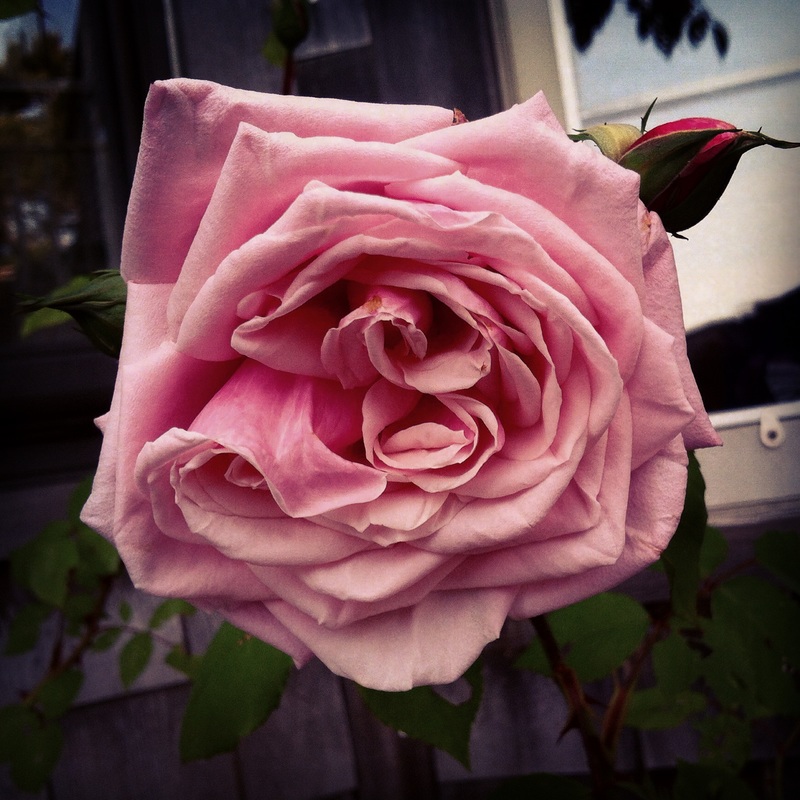

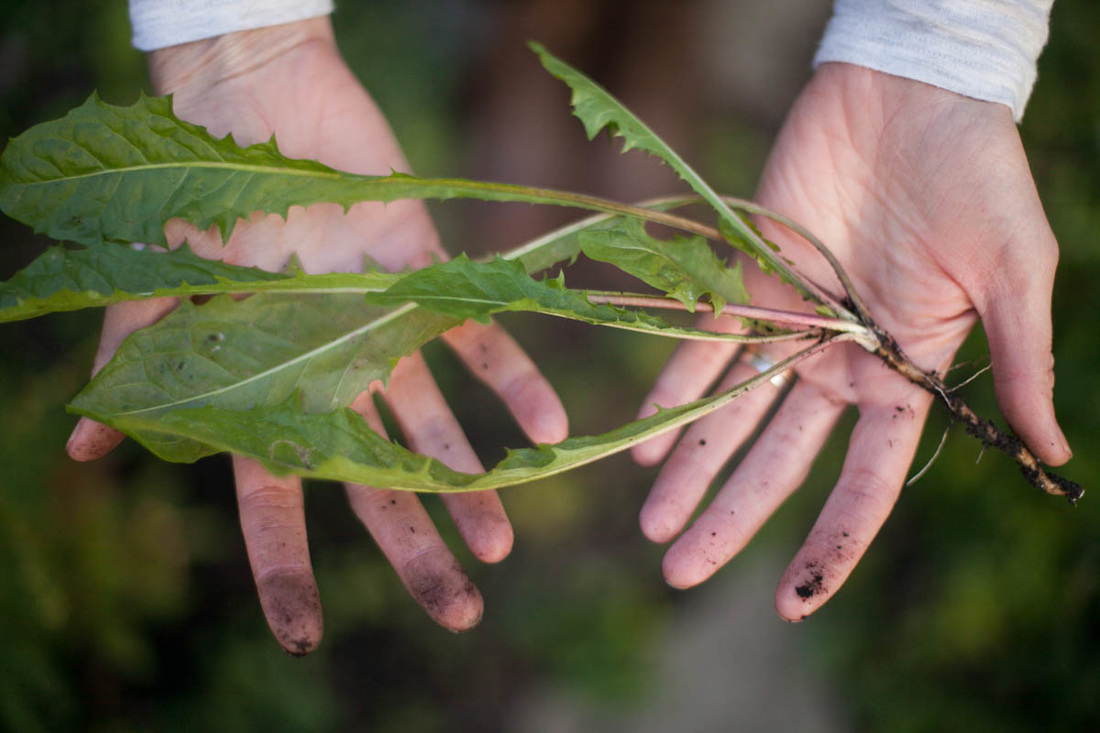
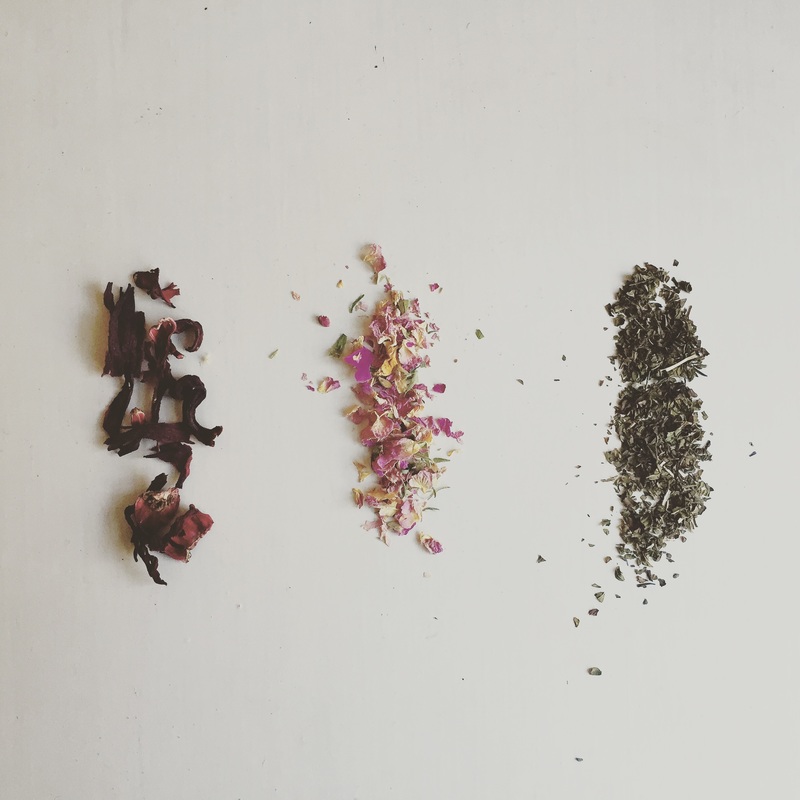
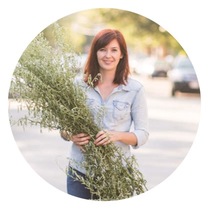
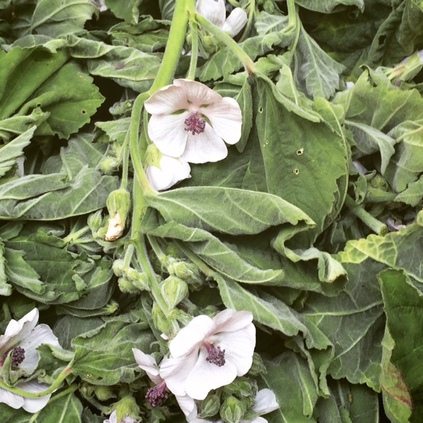
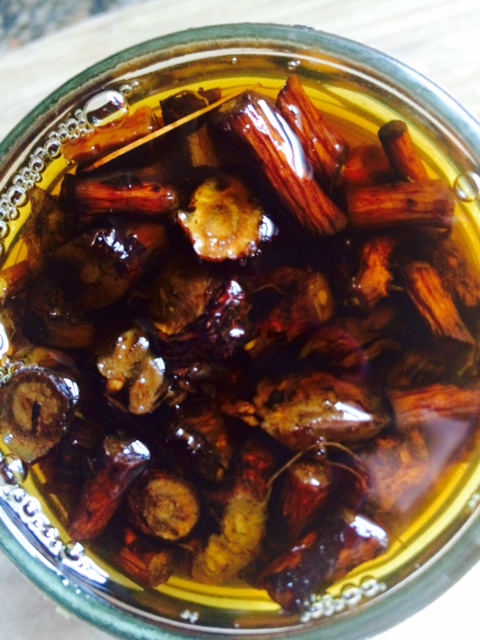
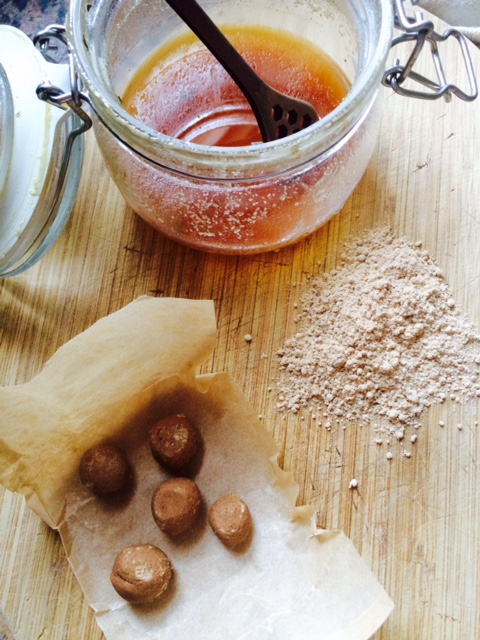

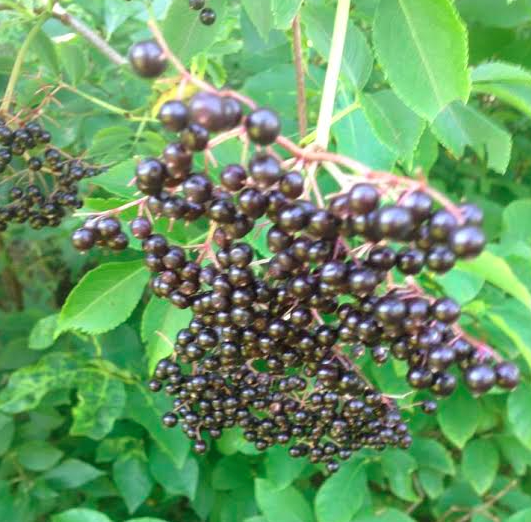
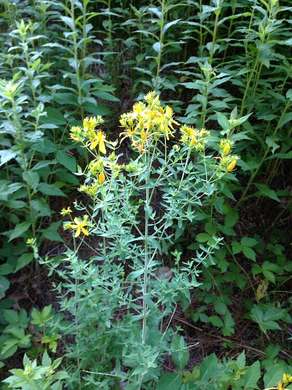
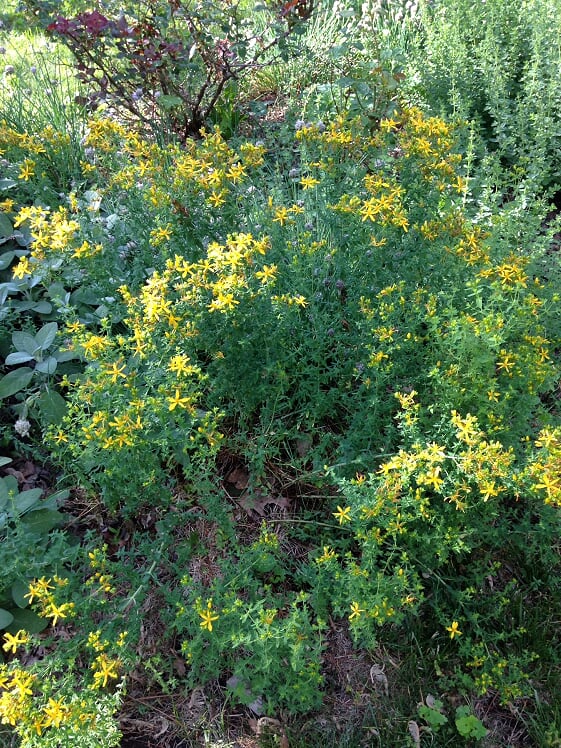
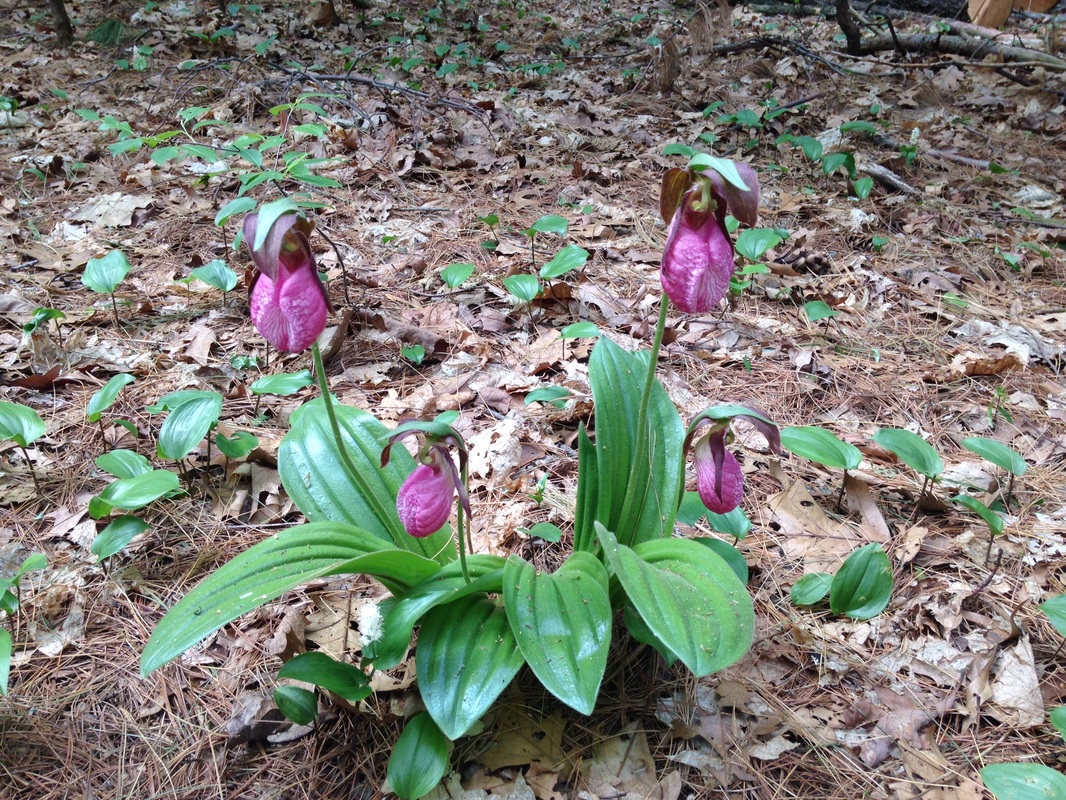
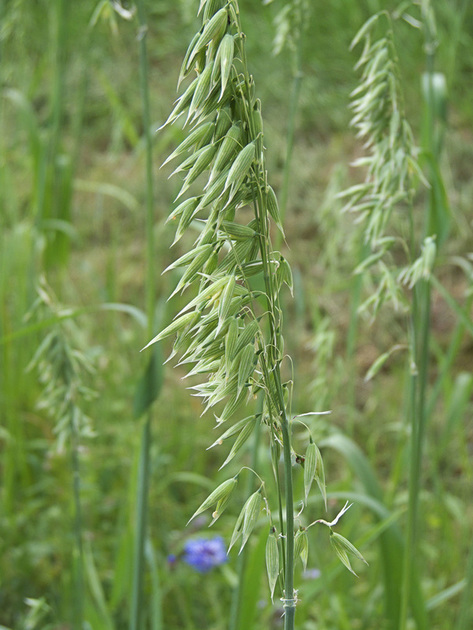

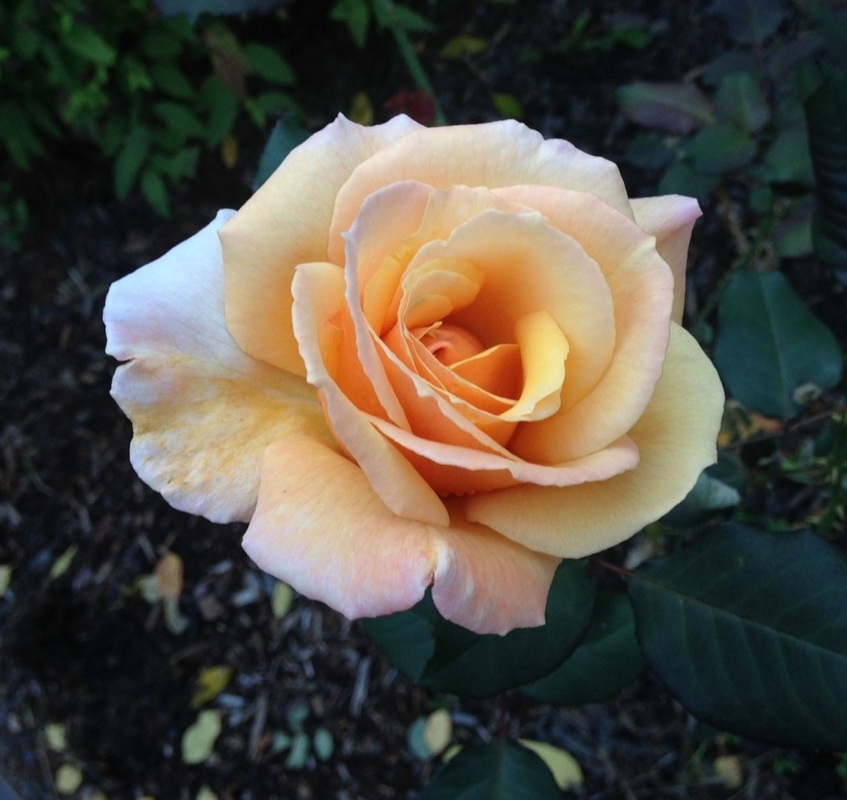
 RSS Feed
RSS Feed